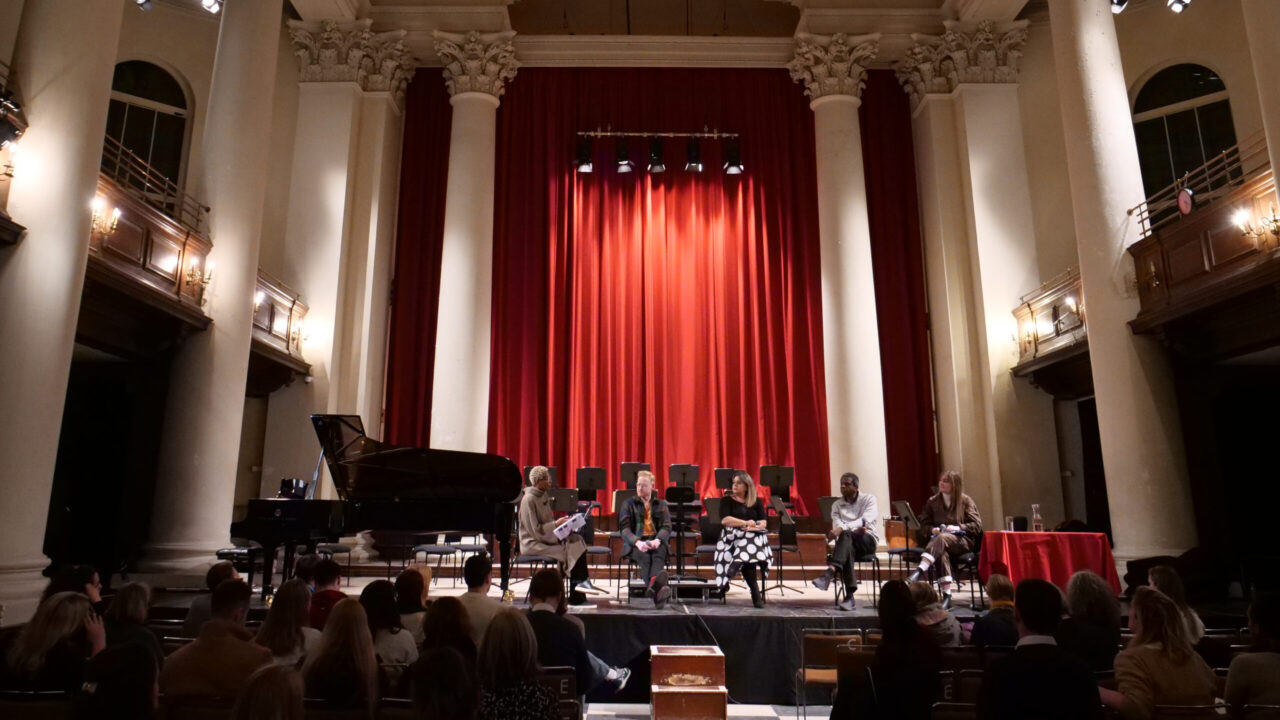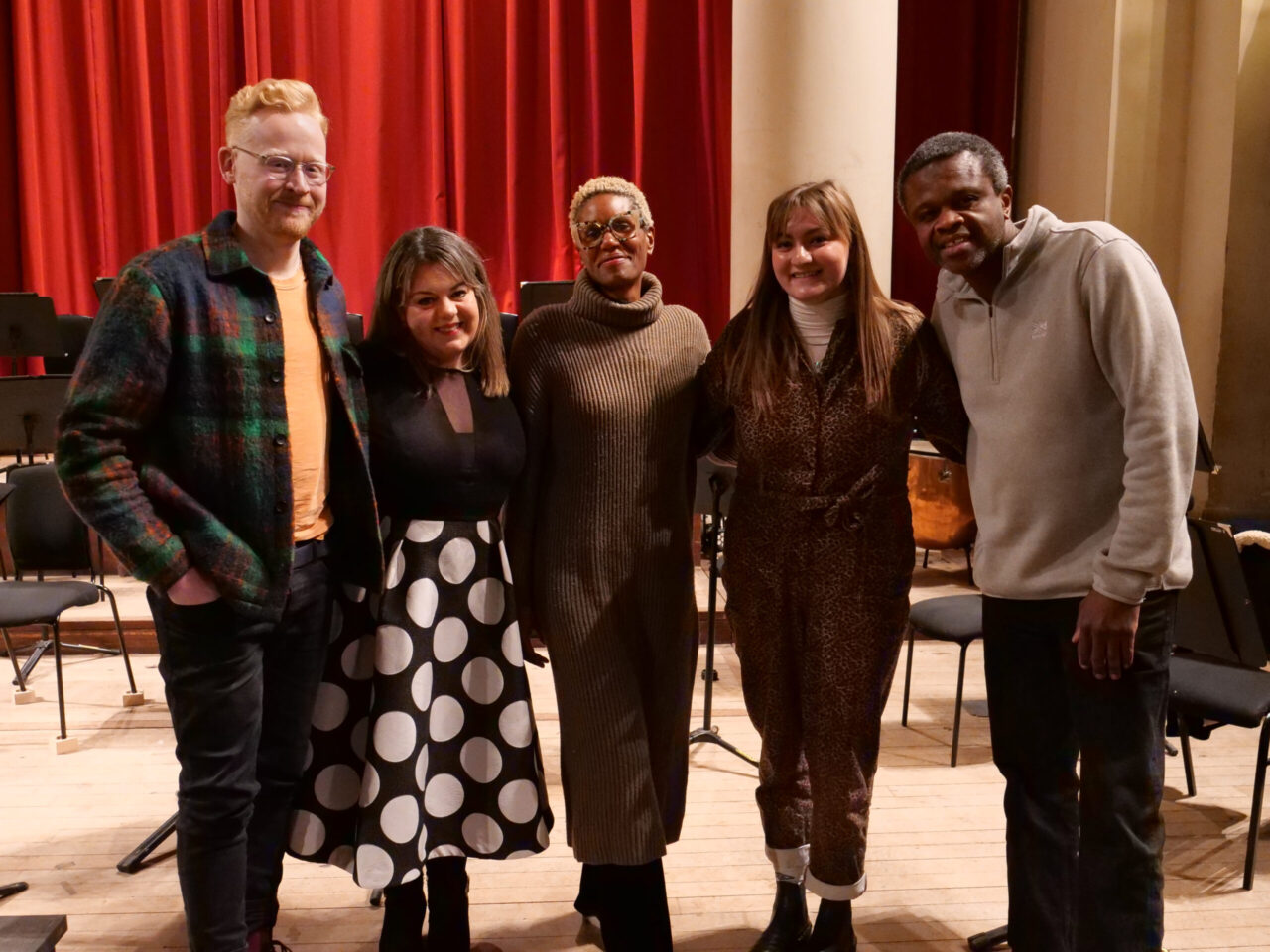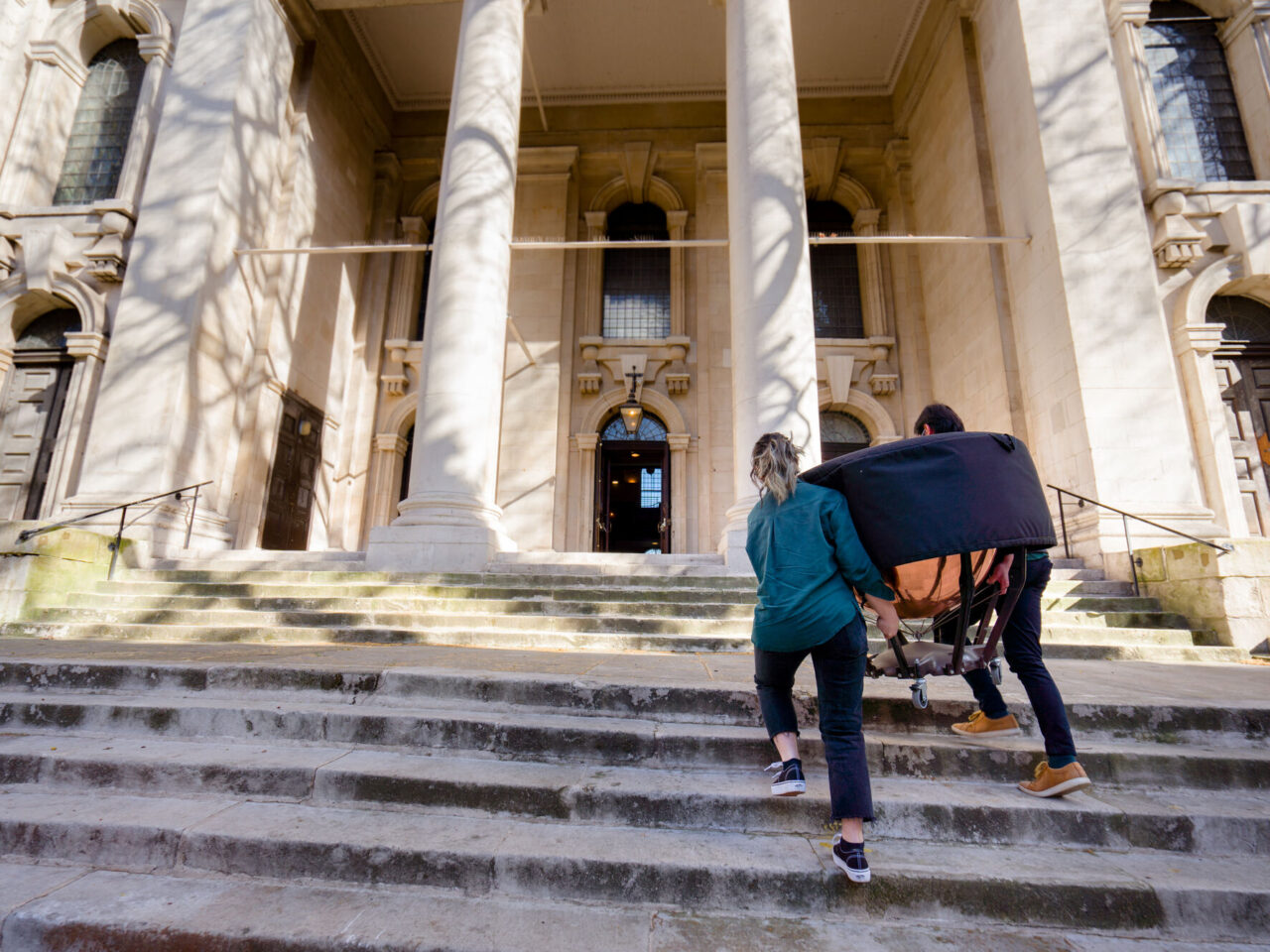To evaluate how arts organisations - and specifically, classical music organisations - can operate in a more inclusive way, we've been holding a series of panels at Smith Square Hall.

News & Stories
Key Points from our EDI Panels
Wed 22 May 2024
We are both the barrier AND solution to change
In their annual ‘Equality & Diversity in Global Repertoire Report’ for 2021/22, Donne – Women in Music recorded that, of over 20,400 compositions performed by 111 orchestras globally last year, 92.3% of the pieces were composed by men (87.7% by white men), and only 7.7% written by women. The rate of change for better equality and diversity in the music industry is slow.
Yet there is a solution to this issue, and that’s all of us. Our collective responsibility to raise awareness, have targeted conversations, and make informed decisions when programming concerts was emphasised during the panel talk. Our concert halls need to be welcoming places to enjoy the power of music, irrespective of gender, race, or class. This needs to be at the forefront of our minds if we want to generate faster change.
Change is both a top-down and bottom-up approach
You may be reading this post as someone working in music education/ a musician/ a programmer/ a student etc… We can all be activists for change. Whether it be a bottom-up, grass roots approach, raising awareness and initiating change on a local level, or a top-down approach from those in leadership positions, we all have a collective responsibility to ensure the concert platform is a place where everyone feels they belong. As the 2021/22 Donne – Women in Music report states, we must allow inclusivity to ‘permeate through the layers: the artists we see on stage, the repertoire presented in concerts and in our educational syllabuses, the personnel leading organisations and the audiences we are trying to reach.’
Take music outside of the concert hall
To guarantee the survival of live classical music, we need to constantly be engaging new audiences. Lloyd Coleman (Paraorchestra) highlighted how we need to take music outside of the concert hall, into places it hasn’t been before, to directly connect and reveal its power to those who may not have had access.
And if you work for a concert venue, ensure it is as accessible as possible. Connecting disabled people with music and live event industries, ‘Attitude is Everything’ is a charity dedicated to improving access and the perception of those living with disabilities, generating real, lasting change. Read more about it here.
Utilise the power of social media
A platform for raising awareness of the issues discussed, social media can be a catalyst for change. By allowing audiences, organisations, and people to connect, together we can amplify the rate of inclusive progression across the music industry.



Inclusive marketing is about building long-term relationships
We live in an age in which at any given time there are hundreds of arts organisations competing for the attention of consumers, across multiple forms of media.
While aiming to get ‘bums in seats’ can be a viable short-term approach to marketing, this becomes unsustainable as competition accelerates and options proliferate. What arts organisations need to do is use their marketing to create a sense of trust with their audience – essentially, assuring them that they care about their product in the same way that their audience does. This therefore means that they need to put the product first – in the case of classical music organisations, this is the music itself.
Roger Wilson highlighted that his experience of classical music concerts was often dictated by an unspoken set of rules – when to stand up, when to sit down, when to clap, when to be silent – which distracted his attention from the thing that he was meant to be experiencing. It’s imperative to talk about classical music as exactly what it is – live music – and start to discard some of the abstract codes of conduct that obscure that.
Representation is a journey
The basic facts of representation are that it breaks stereotypes, fosters understanding, and promotes diversity, and therefore authentic representation invariably creates positive change.
When people see themselves in media, it boosts their sense of belonging and empowerment, creating a fairer and more inclusive society – which is a fact that, for many of us who do consistently see ourselves represented, is easy to take for granted. Arts organisations represent culture, so it is especially important to show the diversity of this country and this city in its marketing.
Representation also has to be applied across all areas of an organisation; inclusive marketing means little if not accompanying diverse programming. Roger Wilson pointed out that any organisation has to “know where it is going”, and set out achievable goals so that representation doesn’t become tokenistic.
Positive change also leads to increased engagement. According to a study by the League of American Orchestras, orchestras that actively engage with diverse communities experience increased audience attendance and greater donor support. Furthermore, research conducted by the British Arts Council underscored the correlation between diverse programming and audience engagement, with 76% of surveyed attendees expressing a preference for culturally diverse performances.
Lived experience must take priority
Ellie Consta highlighted the fact that a lot of orchestras still mandate different dress codes for men and women, and that, in some cases, this made members of these orchestras uncomfortable. In such cases, where people were negatively affected by restrictive dress codes, it’s the responsibility of organisations to prioritise these experiences over potentially outdated traditions. This then communicates their commitment to people to their audience.
Similarly, Jacob Adams highlighted that organisations have the responsibility to supply their audiences with the information that caters toward their lived experience. People with specific needs should not need to request extra information from organisations – this should be pro-actively supplied, and, critically, given as a factual statement of what to expect rather than any sort of walkthrough based on assumed access needs. Jacob gave the example of a rural multivenue organisation stating in their access information that “this venue is not suitable for disabled people”. This was written with good intentions; what they wanted to let visitors know was that this venue was not wheelchair accessible, but the linguistic leap to what was then stated in their marketing materials actively excluded anyone with any disability. If they had simply given the facts and said “there are four shallow steps into this venue, and there is a pub down the road with accessible toilets”, this would have allowed individuals to make their own decision, based on their lived experience. In many ways, this leads onto our next point:
Details speak volumes
Language serves as a bridge between intention and impact, and, at times, the inherent power dynamics in our words and actions can mean that intention is obscured by unwanted impact. Language changes quickly, and terms that have previously been considered offensive are consistently reclaimed by communities (and vice-versa), so it is the responsibility of arts organisations to be attentive to these changes and speak accordingly.